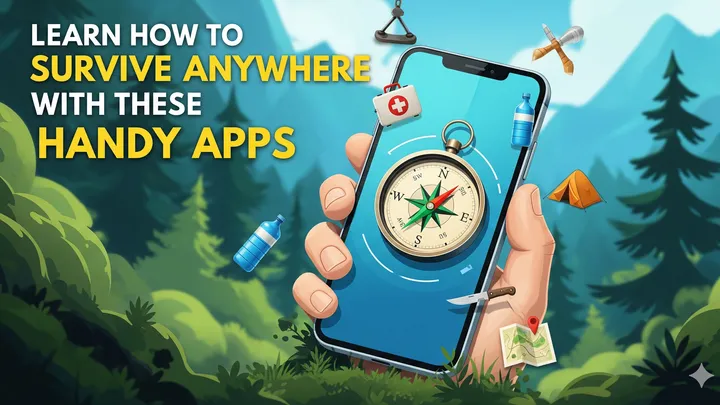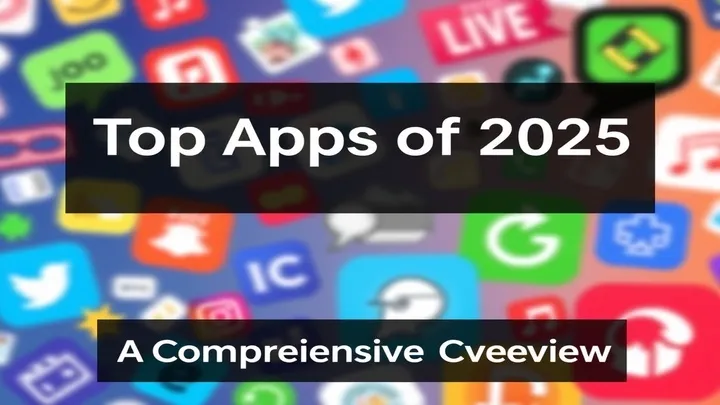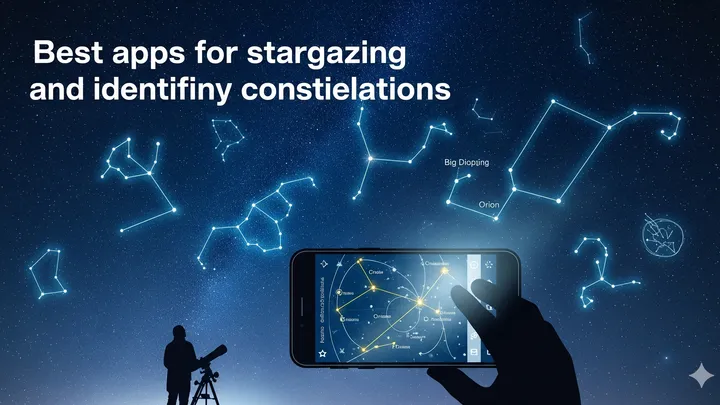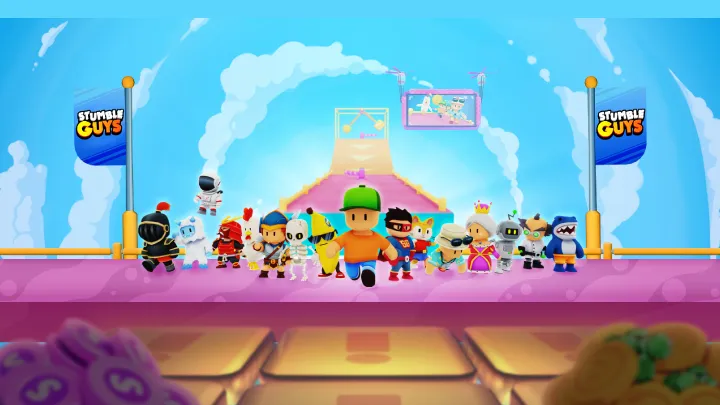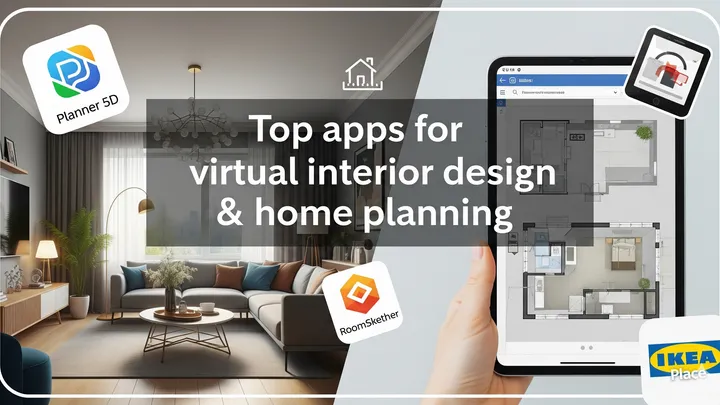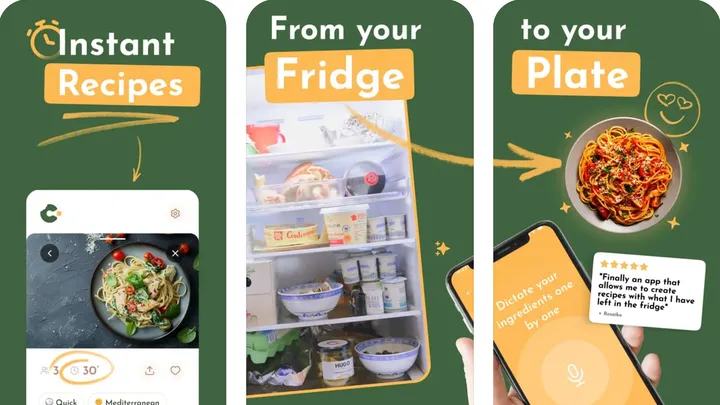Introduction
Grow a Garden is more than just a casual gardening simulation—it’s an immersive experience that blends creativity, patience, and strategy. Unlike fast-paced action games, this one rewards consistency, planning, and knowledge of how virtual ecosystems thrive. Whether you are tending vegetables, planting flowers, or cultivating trees, the joy of watching your garden bloom depends on the choices you make along the way.
In this detailed guide, we’ll cover everything you need to know about getting started, managing your plants, optimizing resources, and designing your dream garden. With practical strategies, step-by-step instructions, and advanced gardening techniques, you’ll be able to build a garden that isn’t only visually appealing but also highly productive.
1. Getting Started with Grow a Garden
Before you start planting seeds, it’s important to understand the basic mechanics of the game. Grow a Garden introduces players to soil preparation, watering systems, plant growth cycles, and garden layout planning.
The key at this stage is learning how to manage your resources. From seeds to water, every element is finite in the early game. Wasting them on poorly planned layouts can slow your progress.
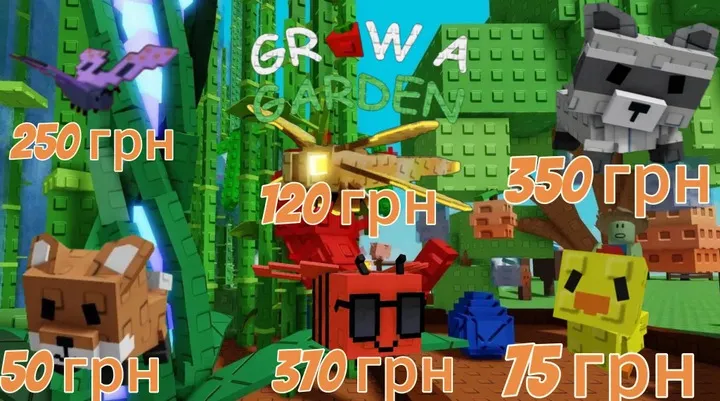
Beginner Checklist:
- Select your first seeds wisely (herbs and fast-growing veggies).
- Learn the interface: soil plots, inventory, and toolkits.
- Practice basic watering and fertilizing routines.
2. Choosing the Right Seeds
Your choice of seeds determines how fast your garden expands. Some crops grow quickly but yield less profit, while others take longer but provide higher returns.
Fast-Growing Crops:
- Lettuce
- Carrots
- Radishes
Long-Term Crops:
- Tomatoes
- Sunflowers
- Fruit trees
Tip:
Start with quick crops to build momentum, then transition into long-term crops for sustainable growth.
3. Understanding Soil Types and Fertilizers
Not all soil is created equal. In Grow a Garden, soil quality directly affects plant growth speed and yield.
Soil Types:
- Basic Soil → Good for herbs and small plants.
- Enriched Soil → Faster growth, ideal for flowers.
- Premium Soil → Best for trees and large crops.
Fertilizer Use:
Fertilizers increase yield but must be timed correctly. Over-fertilizing can harm plants. A good rule of thumb is fertilizing after your plants have sprouted.
4. Efficient Watering Techniques
Water is life, even in virtual gardening. Knowing when and how much to water is crucial.
Watering Tips:
- Check plant hydration levels daily.
- Overwatering slows down growth.
- Use sprinklers (when unlocked) to automate care.
Advanced Tip:
Group plants with similar water needs together. This minimizes waste and saves time.
5. Designing Your Garden Layout
A good layout makes your garden efficient and beautiful. Spacing, pathways, and plant groupings all matter.

Layout Styles:
- Grid Layout → Easy to manage, efficient for farming.
- Decorative Layout → Focus on aesthetics, using flowers and hedges.
- Hybrid Layout → A mix of beauty and productivity.
Pro Strategy:
Keep herbs and vegetables near water sources, while trees can be pushed toward the outer edges of your garden.
6. Unlocking Tools and Upgrades
As you progress, you’ll unlock better tools, watering systems, and decorative items.
Essential Upgrades:
- Hoe Upgrade → Prepares more soil at once.
- Sprinkler Systems → Automates watering.
- Compost Bin → Produces organic fertilizer.
Upgrading early saves you hours of manual work later.
7. Seasonal Gardening and Events
Seasons affect plant growth, availability of seeds, and special events in Grow a Garden.
Seasonal Tips:
- Spring → Best for herbs and flowers.
- Summer → Focus on fruits and vegetables.
- Autumn → Great for root crops.
- Winter → Limited options, but special holiday events provide rare seeds.
Participating in seasonal events gives you exclusive rewards and decorations.
8. Pest Control and Plant Health
Even in a simulation, pests and plant diseases can ruin your progress. Learning how to manage them is key.
Common Issues:
- Aphids on flowers.
- Rot from overwatering.
- Fungus in damp soil.
Solutions:
- Use natural repellents like neem oil.
- Apply fungicides sparingly.
- Rotate crops to prevent soil exhaustion.
9. Expanding and Customizing Your Garden
Once you’ve mastered the basics, you can expand your land and start customizing it.
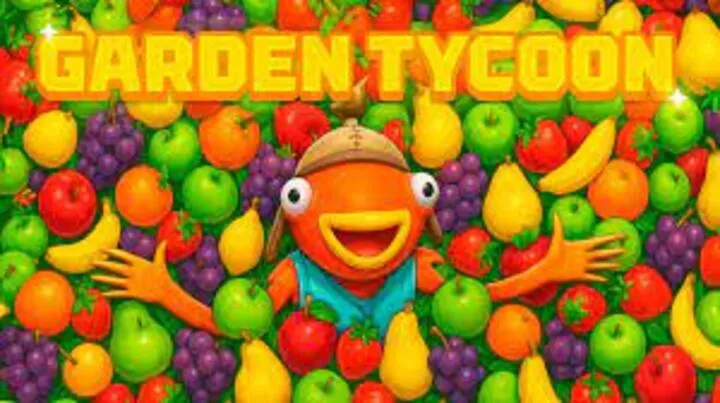
Expansion Ideas:
- Add decorative ponds or fountains.
- Build garden sheds or trellises.
- Create themed zones (herb garden, orchard, floral corner).
Customization not only makes your garden visually stunning but also keeps the gameplay engaging over time.
10. Advanced Strategies for Long-Term Success
By the time you reach this stage, you should have a thriving garden. Now it’s time to maximize efficiency and creativity.
Advanced Tips:
- Use crop rotation for maximum yield.
- Experiment with hybrid plant breeding (if the game allows).
- Design gardens with a mix of productivity and beauty.
Long-term success comes from balancing profit-driven crops with creative expression.
Conclusion
Grow a Garden is more than just planting seeds—it’s about building a sustainable and beautiful environment. From mastering soil and water management to customizing your layouts and experimenting with advanced strategies, the game offers endless possibilities for creativity and relaxation.
Whether you want to maximize profits, design the most beautiful garden, or simply enjoy the process of growing, these tips and guides will help you succeed. With patience and planning, you’ll not only create a garden that thrives but also discover the joy of nurturing life virtually.








